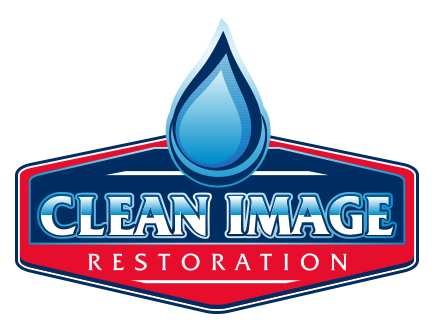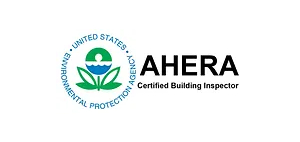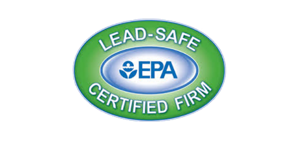Did you know mold can start growing in your home within 24 to 48 hours after a flood? This fact shows how important it is to start fixing your home right away. The first step is to dry out the house quickly to stop more damage.
Decide which items can be dried in 48 hours and which need to be thrown away. Use fans, dehumidifiers, or turn up the heat to help dry things out faster. If the flood was really bad, you might need a professional to use submersible pumps or wet/dry vacuums.
Dealing with water damage can feel like a lot, but acting fast and doing things right is key. This helps make your home safe again and stops mold and other problems.
Key Takeaways
- Act quickly to prevent mold growth within 24-48 hours.
- Focus on drying out the house to mitigate further damage.
- Identify and salvage belongings that can be dried within two days; discard the rest.
- Utilize fans, dehumidifiers, and heating to accelerate drying.
- Consider professional help for severe water damage.
- Prompt action prevents long-term structural issues and ensures a livable home.
Initial Steps to Take After a Flood
Dealing with a flood can feel overwhelming, but acting quickly is key. First, try to stop the water flow, like turning off the main water valve if a pipe burst. This step is vital for managing the flood.
Next, remove the standing water. Use buckets or a wet/dry vacuum for this. If needed, call experts for heavy-duty pumps to speed up the process. Once you start removing water, make sure the area dries out well. Open doors and windows to improve airflow and help with drying.
Also, take out items like rugs and furniture that got wet. Put them outside to dry or throw them away if they’re beyond repair. These actions are crucial for fixing the damage and preparing for further restoration.
Airing Out the Space
Improving air flow in damp areas is key to drying a flooded house. Opening all windows and doors is a great way to do this. It lets fresh air move through the space, helping to dry it out.
Using oscillating fans can also help. These fans spread air evenly, making sure moisture is reduced. For places like closets or cabinets, keep doors and drawers open to stop moisture from building up.
If natural air flow isn’t enough, or if humidity is still high, you might need to use machines. High-powered rental fans can move a lot of air and help dry out the space. These methods boost air flow and speed up drying.
Efficient Moisture Removal Techniques
Removing moisture quickly after a flood is key. A big part of this is taking out extra water from surfaces. Dehumidifiers are important for this. They pull water vapor from the air, especially in places like basements and closed rooms.
To get rid of standing water, you need different tools. A sump pump can take out a lot of water. A wet/dry vacuum is good for smaller areas. These tools help dry out the area fast and stop more damage.
Using things like silica gel or calcium oxide also helps. These desiccants soak up moisture in the air and on surfaces. They work with dehumidifiers to lower the humidity in your home. This makes sure your home is dry and safe.
Speeding Up the Drying Process
After a flood, speeding up drying is key to prevent more damage. Using portable heaters helps by moving warm air to dry out wet areas. This method gets rid of humidity and applies heat directly to wet surfaces.
Adding a dehumidifier and fans to the mix makes cleanup more efficient. These tools work together to dry out floors and walls faster. This reduces moisture levels effectively.
For items like books and photos, quick-freezing them can save them. This stops further damage, giving you time to fix or restore them later.
The goal is to use fast drying methods that not only remove standing water but also quickly lower moisture levels. This approach helps avoid mold and protects your home’s structure. It keeps your home safe and sound.
Conclusion
Drying out a house after a flood is a detailed process. It begins with quick actions to lessen water damage. It’s key to remove standing water right away to stop more damage.
Next, improve air flow by opening windows and using fans and dehumidifiers. This helps dry out the house faster.
Using special equipment like heaters and big dehumidifiers is also important. These tools help get moisture levels just right, which is key to reducing flood damage. Quick use of these methods keeps the house safe and stops mold from growing.
Working with restoration experts after a flood is crucial. Following these steps and drying out quickly helps save belongings and keeps everyone safe. These actions are key to fixing the damage from a flood and making your home safe again.






